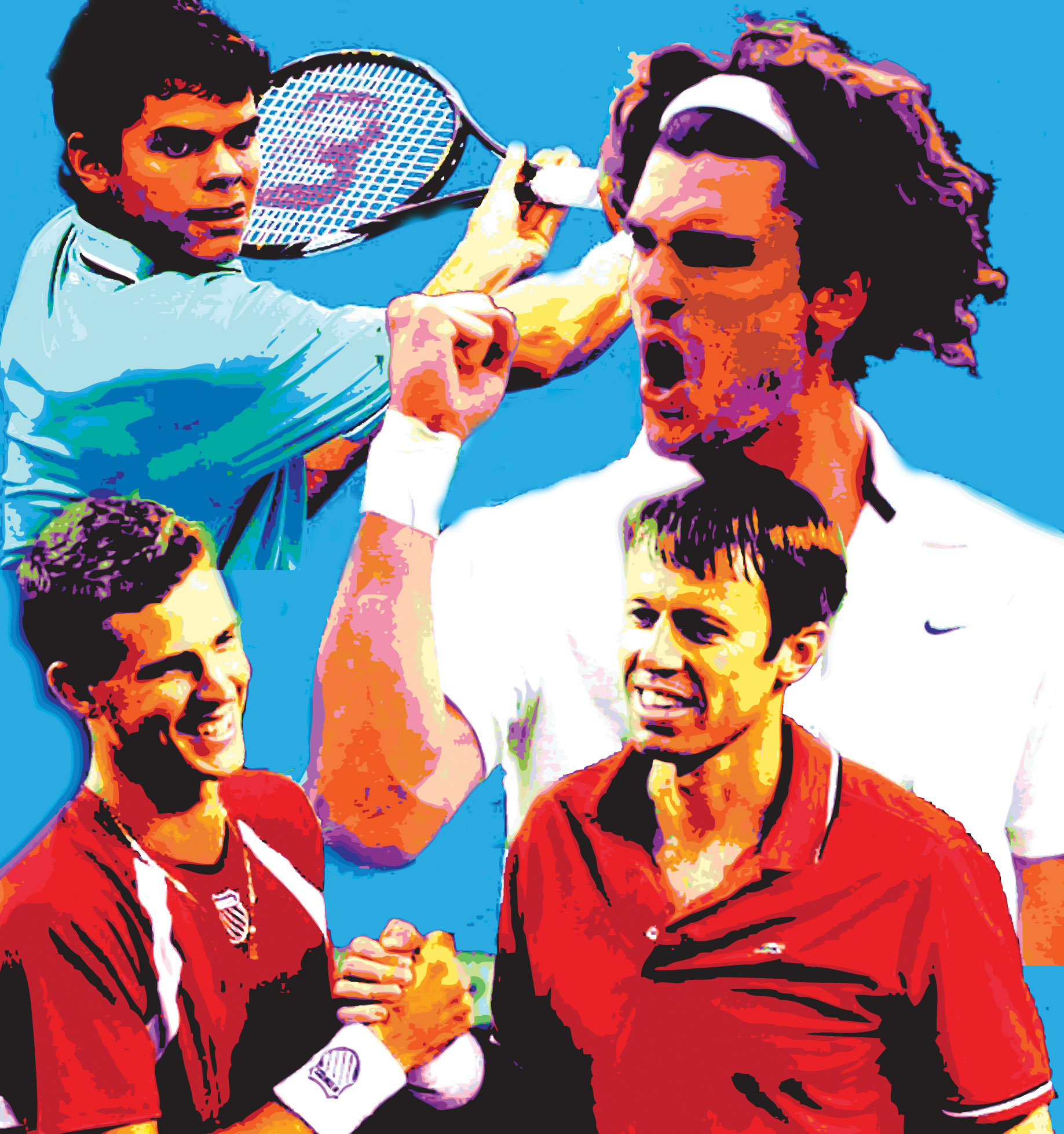At the end of the fifth and deciding rubber of the Davis Cup semifinal between Canada and Serbia on Sept. 15 in Belgrade, both players lay on the court.
Serbia’s Janko Tipsarevic, on his knees with his arms in the air, was mobbed by his teammates, including world #1 Novak Djokovic. Canada’s Vasek Pospisil, meanwhile, was in the agony of both defeat and a leg injury suffered on the final point.
While the prospect of Canada playing its first ever Davis Cup final at home against reigning champions Czech Republic died that day, the team’s accomplishments over the past year were unprecedented, one of the greatest runs in Canadian sporting history.
For most of the Canadian Davis Cup team’s existence, they were in the Americas Zone qualifying. Canada had only played in the top-flight World Group four times (1991, 1992, 2004, and 2012), and lost in the first round every time. This time around, Canada had to defeat tennis powerhouse Spain.
Spain’s top players, including Rafael Nadal, decided to pass on playing in the tie, held in Vancouver last February after the Australian Open. Hard-serving Milos Raonic defeated Albert Ramos in the first match but the second was contested by world #34 Marcel Granollers of Spain against #166 Canadian veteran Frank Dancevic.
It wasn’t close. Dancevic played like a top-10 player and routed Granollers 6-1, 6-2, 6-2. Raonic defeated Guillermo Garcia-Lopez to clinch the tie two days later and for the first time, Canada was going to the Davis Cup quarter-finals.
In April, Canada faced Italy in Vancouver and while Pospisil gave up a two-set lead in a singles loss, Raonic helped Canada rebound to give Canada a split on day one. In the pivotal doubles match, Pospisil faced the same situation with his partner, doubles legend Daniel Nestor. Up two sets, the pair suddenly found themselves in a marathon fifth set. This time, though, the Canadians were the victors, winning the set 15-13 and the rubber. Raonic, again, won his reverse singles match to clinch the tie in front of a raucous home crowd.
Going into Serbia, things had changed for the Canadians. Thanks to their performances in the Rogers Cup, Raonic cracked the top 10 and Pospisil the top 40 in the ATP Rankings. Despite their rise, Canada was an underdog against the Serbians, but they fought for every point they could.
Regardless of speculation Djokovic was fatigued after playing in the US Open final four days earlier, he hammered Pospisil in straight sets. The second match pitted Raonic against Tipsarevic and despite being down two sets to one, saving match point, and suffering a rolled ankle, Raonic rallied and won the fifth set 10-8. In doubles, Pospisil and Nestor duplicated Raonic’s rally and also won the fifth set 10-8.
Nestor, who won an Olympic gold medal in 2000 and has eight Grand Slam doubles tournament titles, said afterwards, “It’s just as good as a gold medal or Wimbledon for sure.” The few hundred noisy Canadian fans that made the trip could sense a surprise Canadian victory.
But it was not to be. Despite both matches requiring first-set tiebreaks, Djokovic and Tipsarevic defeated Raonic and Pospisil, respectively, in straight sets.
Years ago, travelling to Belgrade to see Canadians play tennis and watching the Davis Cup on national television was unimaginable for fans. But with tenacity and a bit of luck, Canada’s Davis Cup team made the country take notice and helped punctuate an ongoing new era in Canadian tennis.
Canada will play in Japan for the Davis Cup’s first round next January. Duplicating their performance will be difficult, but with the momentum in Canada’s favour, it will be possible.

